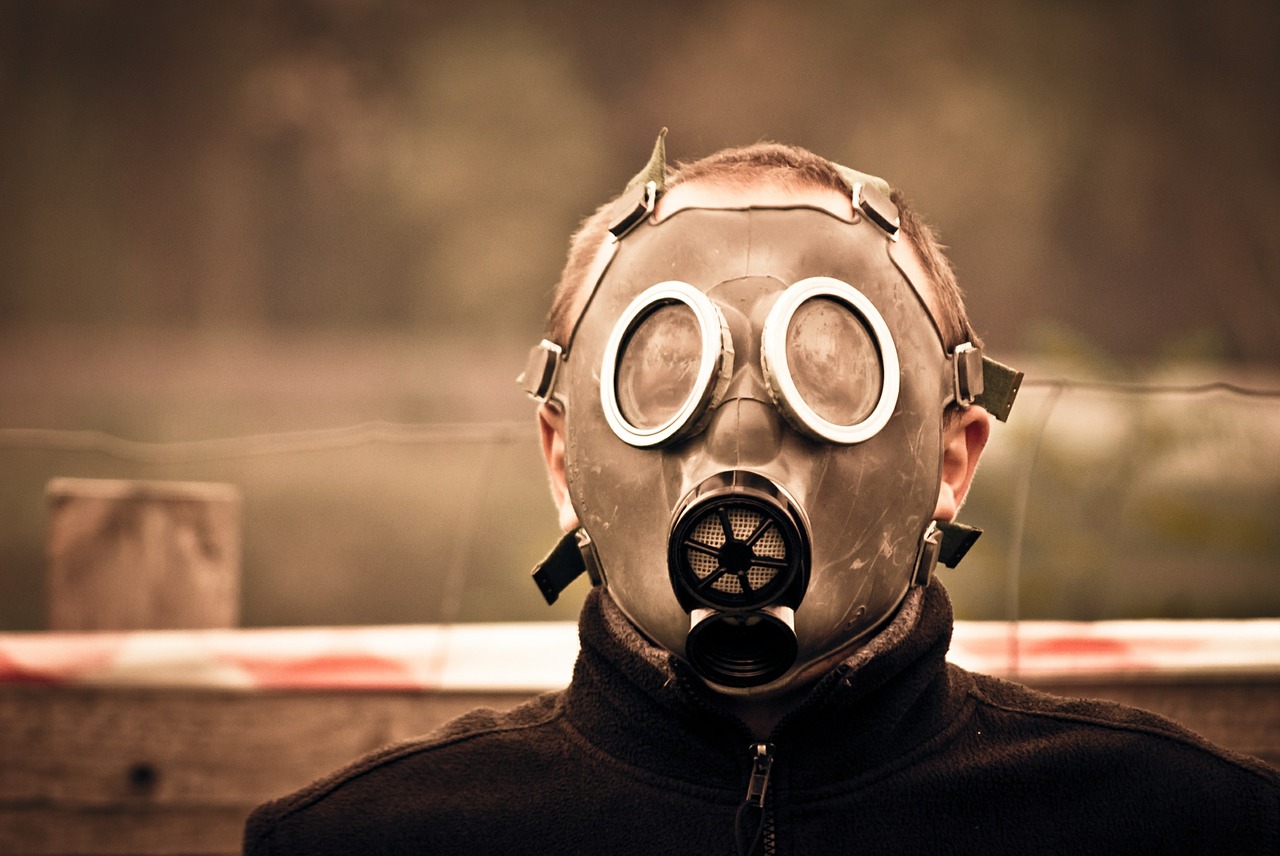Infection control to the rescue!
Interview with
The hospital may be the safest place to be when you're acutely ill but bringing so many vulnerable people together is not without risk - primarily owing to infection. Luckily, most hospitals these days have a dedicated team in place to spot threats before they become a problem. Connie Orbach went to Addenbrooke's hospital to find out how it's done.
many vulnerable people together is not without risk - primarily owing to infection. Luckily, most hospitals these days have a dedicated team in place to spot threats before they become a problem. Connie Orbach went to Addenbrooke's hospital to find out how it's done.
Good afternoon, infection control... Hello, how can I help you?
Cheryl - My name's Cheryl Trundle. I'm one of a team of infection control nurses. I've been working at Addenbrooke's for a long time time now so I've seen most things.
Does he still have diarrhea? I'm assuming if he's going home, he doesn't have diarrhea. So does he have diarrhea or not?
Cheryl - Depending on the signs and symptoms, viral diarrhea and vomiting, certainly in a gram stools, in a gram of poop, there are millions of viral particles. So obviously it's very infectious and easily picked up by anyone in the near vicinity, so we need to get on top of these things as quickly as we can.
So there are all sorts of reasons why it's good to prevent infections and reduce them too as much as we can. And the statistics for Europe say that over four million patients are infected by hospital acquired infection or healthcare associated infections every year, which is a huge number. And that can lead to six million extra days of hospital stay and three hundred and seventy thousand deaths due to infection, and the costs of that are enormous - over seven billion euros.
Connie - Hospitals are places of healing, but they're not without risk and, in particular, the spread of disease. To minimise these risks there's a specialised team of people ready to jump into action at a moment's notice from the wards.
Cheryl - The sorts of questions we would need to know are: names of patients; what they're underlying diagnosis was; what were their current signs and symptoms that would have made her anxious and would have caused her to call us; how many patients were affected; were any staff affected. So it's really getting all the information we can to build up a picture to help us to move forward.
Connie - Once the team have all the info, they'll collect stool samples to send to the lab for analysis. These results come back pretty quickly, but to stop the virus spreading, action is often taken straight away. Communication is key and other hospital teams are quickly alerted, as well as the local community; old people's homes and GP surgeries all have a hotline to the hospital.
Cheryl - First of all perhaps close a bay if patients were infected or involved, or perhaps two bays on a ward. If it's more than that then we would close the ward down; we would stop patients from going back to nursing homes; we would also restrict visitors, and staff movements would be restricted as far as we could.
Connie - After a flurry of activity, the team have done all they can and the next few hours become a waiting game.
Cheryl - There's no specific treatment for most viral illnesses, including diarrhea and vomiting. We'd make sure the patients were well hydrated, kept comfortable; it's usually something that only lasts between forty-eight to seventy-two hours and the patients usually gets better without any specific treatment.
Early recognition is the most important thing, so making sure ward staff know what to look for and, as soon as they think there's a problem, they phone us. Once it's got a hold, you can imagine on a ward of thirty-six patients, that's a lot of people to go through and can have serious consequences.
Connie - Because often a lot of these people are very vulnerable?
Cheryl - Absolutely, absolutely! And while you and I would get better in twenty-four, forty-eight hours, some of these people will suffer for longer.










Comments
Add a comment